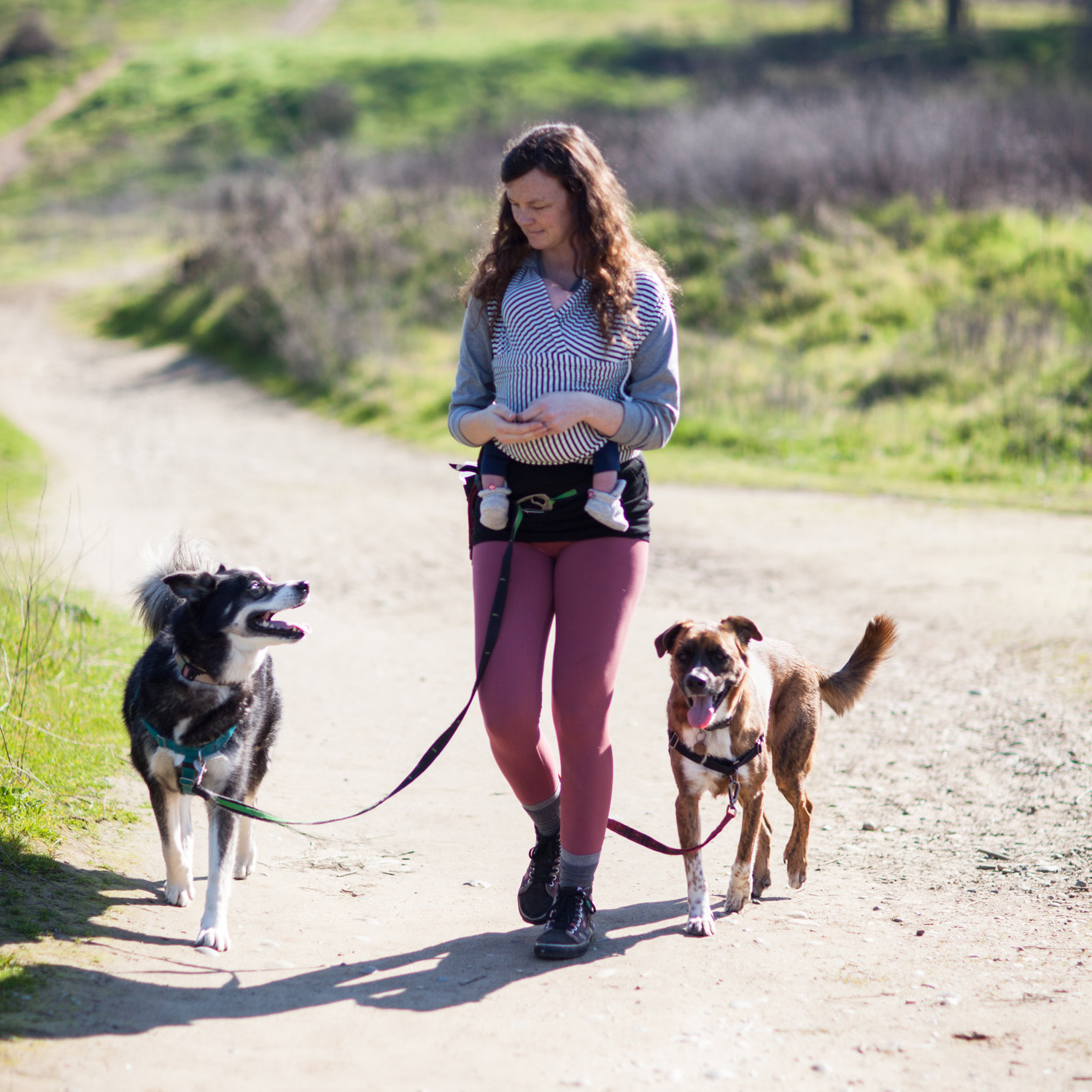We all know that tummy time is an important part of developing your little one's neck and upper body strength - skills that help them develop more independence and mobility later on. But it wasn't until my son arrived that I realized just how much time he'll be spending on the floor!
For a dog/baby household, tummy time can either be a logistical nightmare, or a wonderful opportunity to practice safe inclusion, depending on your level of preparation. There are lot's of ways you can set this up to begin building not only those important muscles, but also a foundation of harmony in your home.
Success Stations
Success stations are places set up in your home where your dog is safe, comfortable, and has no choice but to succeed. Think crates, x-pens, gated areas. I highly recommend that all dog/kiddo households practice using success stations often because they are super important during a myriad of developmental stages. A success station is a good choice if you are unsure if your dog will be able to behave appropriately in closer proximity to your little one, and/or if you don't have a partner or second set of hands present to help create a safe set up. Setting up the station in the common area, where your dog will feel included and be able to observe is also a great idea.
Stationing
Okay, so stationing and success stations sound pretty much the same, and they are a similar concept - having your dog "stationed" in one spot. The difference with what I'm referring to here, is this is a trained behavior in which you are able to send your dog to a mat or bed on cue and have them happily stay there. This is an option that works well if your dog has a strong reinforcement history for this behavior and is able to hang out while humans are on the ground without an issue. I recommend setting up the mat or bed in the common area, where your dog feels included, but not too close for a dog that may be uncomfortable, nervous, or even just a dog prone to bursts of energy! As baby becomes mobile, we'll need to be mindful of not allowing baby to approach the dog's resting space, but for now we don't need to worry about that. Learn more about how to teach this skill here.
"Dog and baby on the scene, parent in between!"
This is one of my favorite Family Paws sayings, and if you follow me on Instagram you've probably already seen a few posts about it! That's because I love finding ways to create inclusion. For dogs that are not hyper-focused on or worried about the baby, simply placing yourself between the two is a good way to create a safety buffer while being able to give some love and attention to each. I actually recommend this approach in addition to stationing, but even with a dog not holding position on their mat, just having them sit beside you for some pets for a little while is a good way to remind them that you still value their company!

